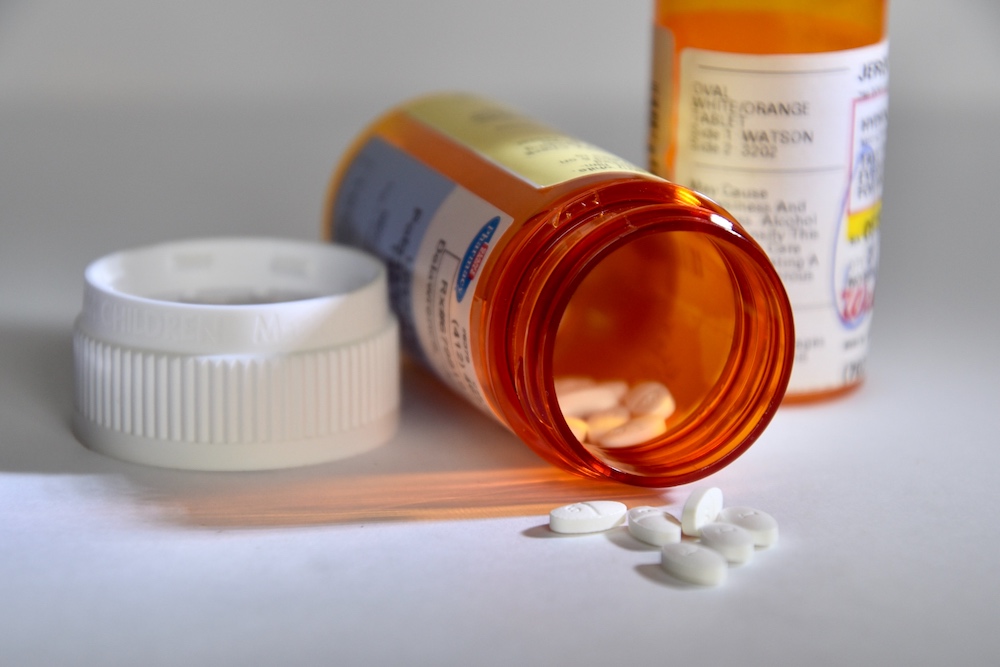Off-Label Benefits of Clinical Simulation
Clinical simulation is used to improve a set of learner skills, like a prescription developed to treat an illness. However, just like prescriptions have off-label benefits, outside of just the disease they were intended to treat, medical simulation realizes advantages beyond what one can see. This article focuses on bringing the hidden benefits of clinical simulation to light, including ingraining debriefing as a habit, the layered effects of team-based communication improvement, systems-based unveiling of process errors, and self-reflective learning. Also highlighted are simple ways the healthcare simulationist can capitalize on such advantages to create heavy-hitter scenarios rife with impact at every corner.
To set the scene for these layered advantages, imagine the following scenario: a hospital’s medical simulationist has recently been tasked at improving time-to-tPA for stroke management at their local emergency department (ED). They develop an in-situ interprofessional (IPE) scenario involving all the associated teams that would normally take part in stroke protocol once the patient has transitioned care from pre-hospital EMS.
After months of careful planning, execution of scenarios, and post-simulation debriefing, the staff has improved average time-to-tPA by 23% which is recognized as an enormous success by the hospital administration. The labeled use has been met – i.e., the desired, measurable outcome has improved. The remainder of this article will investigate the other benefits that have occurred along the way.
Sponsored Content:
Systems-Based Unveiling of Process Errors in Healthcare Simulation
This particular scenario’s design is an excellent application of systems-based medical simulation. Systems-based clinical simulation doesn’t just assess individual learners and their respective skills, but seeks the larger ambition of evaluating the broad structures inherent in care delivery. This re-focus allows the clinical simulationist to probe not only clinician performance, but also other relevant processes like the interaction between teams, the effectiveness of products utilized, room layouts, alarm systems, or anything else with downstream impacts on the prescribed goal of improving time-to-treatment.
In the scenario illustrated, the clinical simulationist discovers that the EMS loading bay for patient transfers is poorly placed in relation to the dedicated stroke rooms, which evidently added several precious minutes to the overall management time. And while the healthcare simulationist is proud that he’s upskilled his providers despite this glaring flaw in system design, he can now make compelling recommendations based on measured outcomes to lower time-to-tPA even further. Additionally, the department realized even further off-label benefits when they found that rearranging the ED layout also improved treatment times for trauma patients.
How to Increase Impact from this Off-Label Benefit: Evaluate how many of your heavy-rotation clinical simulations would benefit by broadening in scope and adding elements of systems-based analysis to discover process errors that would be difficult to measure otherwise.
Sponsored Content:
For more information on how systems-based clinical simulation stands to change the landscape of patient safety, the following webinars offer an in-depth look into “Saving Lives Systematically: Medical Simulation as a Patient Safety Tool in Healthcare” and “Using Medical Simulation to Intentionally Probe Healthcare Systems.”
Self-Reflective Learning in Healthcare Simulation
Self-reflection is a powerful learning tool that has been used in clinical simulation since the beginning, often resulting in unexpected outcomes. After conducting post-simulation debriefings for the clinicians who took part in the case, several of the providers quickly identified moments where they showed a lack of professionalism with their team members.
Since this was the first time those clinicians had ever seen video recordings of themselves, they were unexpectedly challenged to change an aspect of their behavior that was not directly relevant to stroke management. In the following months, even when not managing a stroke patient, interdisciplinary team members working with those providers noticed a marked increase in their professionalism, which consequently boosted team morale and lowered employee attrition.
How to Increase Impact from this Off-Label Benefit: Do not neglect the power of video. Make sure to include “highlight reels” as a regular part of your debriefings, even if making them can be resource-intensive. Clinicians seeing themselves act in clinical scenarios has a lasting impact on their ability to retain important learning outcomes, and not just the ones on the docket for your scenario.
The Multiplying Benefits of Team-Based Communication in Healthcare Simulation
Since many of the medical errors that happen today find their root cause in communication issues, one of the central tenets in patient safety is learning to communicate as a team. Clinical simulationists use CRM principles to decrease opportunities for ineffective transmission of information. In the outlined stroke management scenario, the healthcare simulationist integrated TeamSTEPPS principles to improve the exchanges between all participating clinicians and staff. While this served to improve the immediate goal of time-to-tPA, the emergency department soon found that their performance improved across the board, reaping off-label benefits like NSTEMI management and bed-turnaround times.
How to Increase Impact from this Off-Label Benefit: Challenge your team to think of team communication in a new way. A team that realizes the importance of team communication as more than just a “soft skill” is a team that sees broad benefits in all aspects of patient safety.
For an even deeper dive, the following webinar offers guidance on plotting a course towards patient safety: “Imagining the Future of Healthcare and Patient Safety.”
Debriefing as an Ingrained Habit in Healthcare Simulation
Post-simulation debriefing is designed to improve clinical judgment by bringing internalized decision-making processes to light. In our scenario, this was a tool used by the healthcare simulationist to drive stronger adherence to stroke protocols. While this is easy to see as a face-value lesson for stroke management, there is an even deeper benefit being reaped: debriefing as an ingrained habit.
Imagine that every time a clinician is encouraged to talk through their mental models, they are normalizing the intellectual humility they’ll need to have those discussions even when they’re not in front of a manikin. And using a tool like “The Basic Assumption” could allow clinicians to feel more comfortable sharing their thoughts and further decrease barriers to high-impact debriefing.
How to Increase Impact from this Off-Label Benefit
Encourage your learners to employ debriefing practices in their everyday workflow. An easy place to start is by having them connect with a colleague after an unexpected clinical encounter or after responding to a challenging patient. A clinician that regularly debriefs is one that prevents errors before they are made.
Developing and deploying clinical simulation scenarios is challenging, especially when considering how many ways there are to address a desired set of outcomes. As such, developing tunnel vision on only the immediate objectives can be tempting. However, for any educator wishing to bring higher value to their institution’s experience with medical simulation, there is much value in not skipping over many of these off-label benefits. The practical advice noted here contains easy ways to start capitalizing on these advantages.
Learn More About Clinical Simulation
Nathan Costiuc, MSN, APRN, FNP-BC, is a Nurse Practitioner and Healthcare Simulation Educator. He began his career delivering clinical simulation to nursing students, quickly realizing the industry’s potential to impact modern training for all healthcare professionals. In navigating better ways to deliver clinical simulation, Costiuc entered into the world of virtual reality, and now works as a Clinical Education Specialist for Oxford Medical Simulation. His passion is in using innovative methods and emerging technologies to reduce medical error, solve practical problems, and improve patient care. He also actively works with disabled veterans in the clinical setting.
Sponsored Content:



















